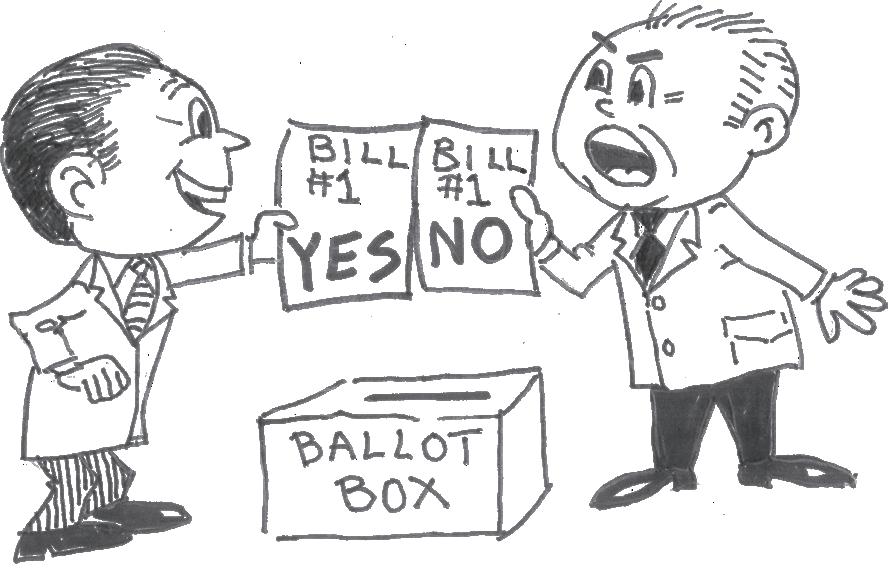
1 minute read
How to Pass a Bill in New Mexico
Each legislature lasts two years and has two constitutionally-mandated sessions. The first session lasts for 60 calendar days and occurs in odd-numbered years, convening in January. The second session is for 30 calendar days and occurs in even-numbered years. Bills in the second session are limited to fiscal matters, items specified by the governor and bills passed in the previous session that were vetoed by the governor. The governor can call a special session, as can the legislature with a three-fifths vote of both the Senate and House of Representatives. Members of the Senate are elected to four-year terms without term limits. Members of the House of Representatives are elected to two-year limits without term limits.
Bill Introduction
Regardless of how the legislature is convened, all bills follow the same path through the legislature. Any bill can be introduced in the Senate or House of Representatives—unlike the United States Congress, where only the House can introduce tax bills. The bill is assigned a number, read twice, printed, and referred to the proper committee.


Committee Reviews

Each bill is reviewed by one or more committees in the Senate and House of Representatives. The committees can approve the bill, amend it, substitute it, forward it to the next committee with no recommendation, or kill the bill by tabling it. Committee hearings are open to the public.
If a bill passes its committee hearings, it will be considered by the Senate or House of Representatives where it was introduced. The bill is placed on their calendar, which means it is formally scheduled for its third reading, and a final vote.
The Final Vote
If it passes, the bill moves to either the Senate or House of Representatives and repeats the entire process. If approved in the same form, it goes to the governor to be signed or vetoed. If the Senate or House of Representatives passes a different bill, they form a conference committee to work on a compromise. If the committee agrees on a compromise, the bill goes back to the Senate or House of Representatives for a final vote.





